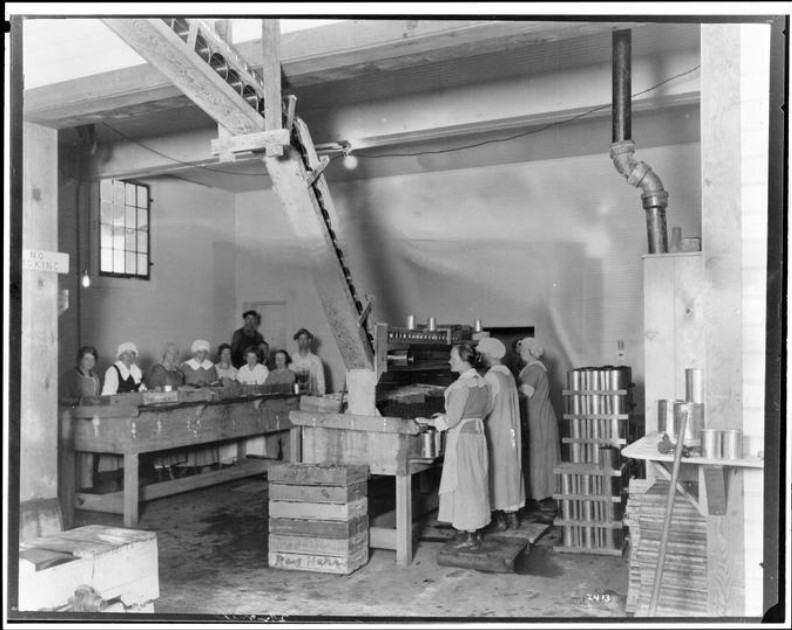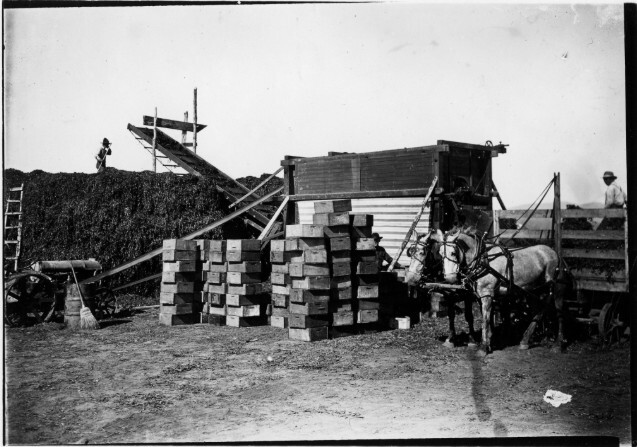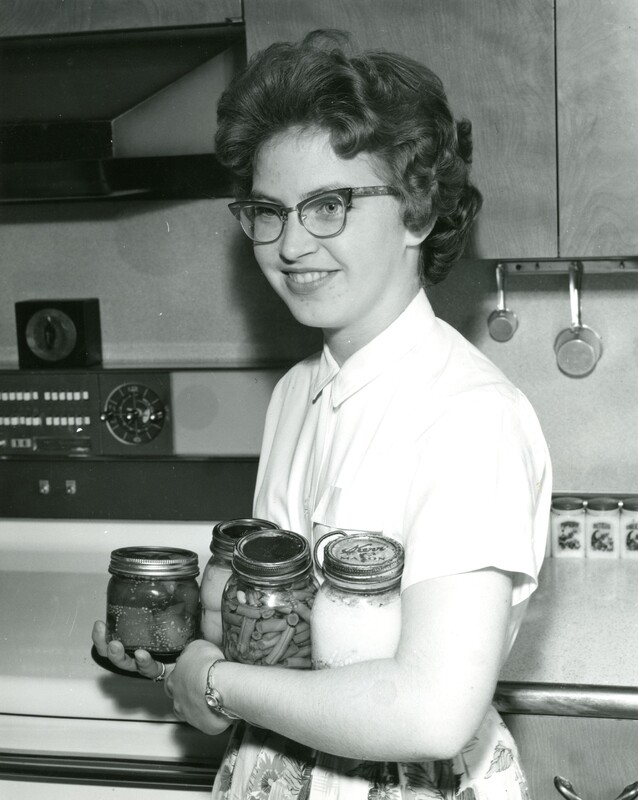Context
From 1880 to 1910, North America heralded the industrial boom in canning. This period of innovation marked a convergence of scientific, industrial, and domestic evolution. The development and mass adoption of canning methods reshaped not only how food was preserved but also how households operated and industries were expanded upon. Canned food became increasingly accessible to the average consumer through household canning abilities and relevant industry, it represented a step towards food safety and societal progress.
The exhibit is structured around the connection between three key themes: the scientific principles behind canning, the industrial impact of canning on production and labor, and the domestic adaptation of canned goods in household cooking.
This domestic practice of cooking is only possible due to the fantastic scientific discoveries related to sterilization and microbial control into standardized canning procedures. Simultaneously, industrial companies used this research to scale up canning operations, developed food packaging and introduce factory-based models of production. This shift was mirrored in cookbooks of the era, which began featuring canned ingredients in recipes, illustrating how canned food became normalized in North American kitchens.
While canning was once a niche preservation method, this century allowed it to become a cornerstone for mass consumption. This will be explored through scientific manuals, industrial compositions and popular cookbooks of the time. Reflecting the cultural attitudes in addition to the insights of how working and middle-class women integrated this canning/preservation into their daily life. The industrial guides by Schwaab and Warfield Manufacturing Co. offer behind-the-scenes perspectives on mass production, targeting business owners and factory operators. Proper elaboration of the process can be seen through the Scientific treatises by Blits and Rorer which show the technical underpinnings of the process, making clear the connection between science and everyday application.
This exhibit aims to tell a cohesive story of progress, labor, and domestic adaptation, highlighting the impact of canning on the late 19th century.


